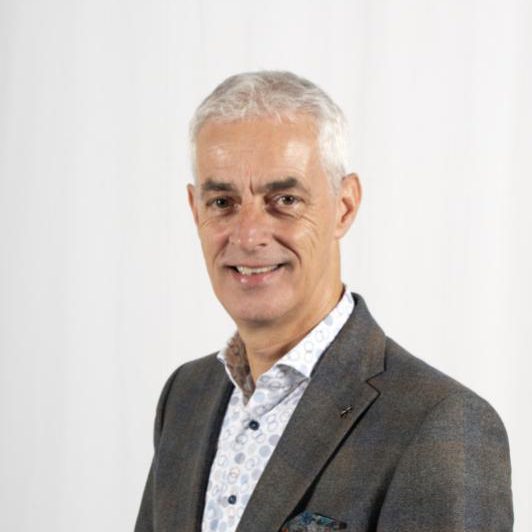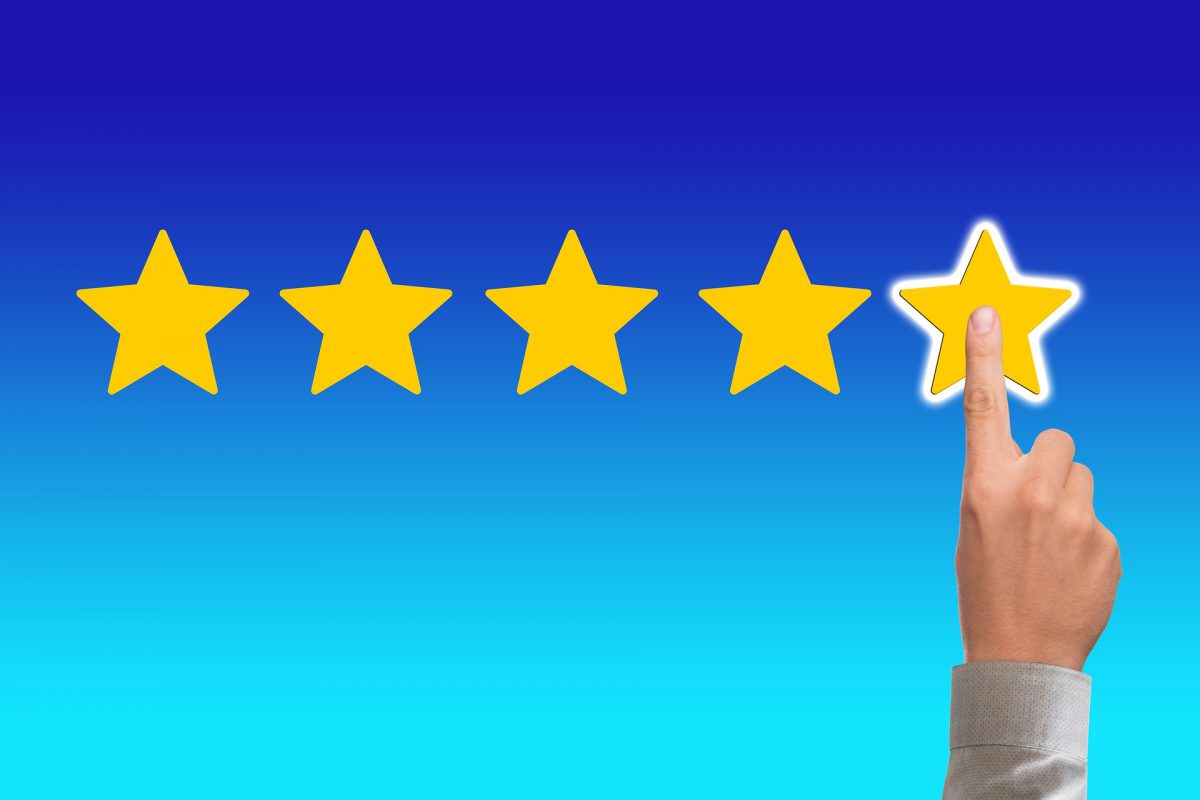Transition from scenario workshops to a digital learning environment
As a professor, I have been contributing to innovation in higher leisure and tourism education at home and abroad since 2010. At the start of the academic year 2020-2021, I have developed a creative and successful way to innovate in the digital learning environment in times of COVID-19.
Scenario planning in education
From the professorship Scenario Planning we teach students to observe trends and developments in society that are relevant to leisure and tourism. Students are also given an explanation of how they can translate the outcomes into environmental scenarios and how they can convert these scenarios into future-proof strategies for businesses and organisations in the professional field. When working on scenarios and strategies, interaction and co-creation are central. This allows students to:
- activate their personal prior knowledge
- observe developments in global society
- discuss what they observe and how these aspects are related
- learn to understand others’ points of view
- gaining new insights that can help a company, destination or other organisation to anticipate an uncertain future.
Creative digital learning environment in times of COVID-19
After the outbreak of COVID-19, me and my colleagues were suddenly faced with a problem. Because physical education was no longer possible, I had to find an alternative way to organise the interactive sessions with students. That is why we have delved into software packages with which we would also be able to tackle the interactive and creative aspect of the workshops. After thoroughly viewing and reading various reviews from professionals, I decided to choose for MURAL.
MURAL: how does it work?
The first step in MURAL was to create our own templates (called murals) for the scenario planning process. This was followed by a first practical test with a small group of International Applied Business Administration students. In the templates of MURAL the cursor of each participating student and its name is visible. Meanwhile, it is also possible to talk to each other live within MURAL. After this first workshop, I improved the templates, gave instruction to the tutors, and facilitated a scenario planning course in MURAL with 168 students from Leisure & Events Management who worked on their scenario problem in small groups. Each group worked in its own copies of the templates.
Better visual collaboration
The experiences of the teachers and students involved were extremely positive. During the COVID-19 pandemic it allowed them to really interact with each other in a meaningful way. Paste sticky notes, cluster, add labels, sort, analyse. Everything identical to what happens in the classroom. Probably even more effective and faster. Because of these good experiences we also applied this approach to other courses at out university and elsewhere. By now, we have worked with hundreds of students in the Netherlands, France and Switzerland, and many teachers. We have succeeded in making a (hopefully temporary) transition to a digital working environment.
Would you also like to use our online scenario workshops for your students or employees? Please contact Albert Postma.
1 å


